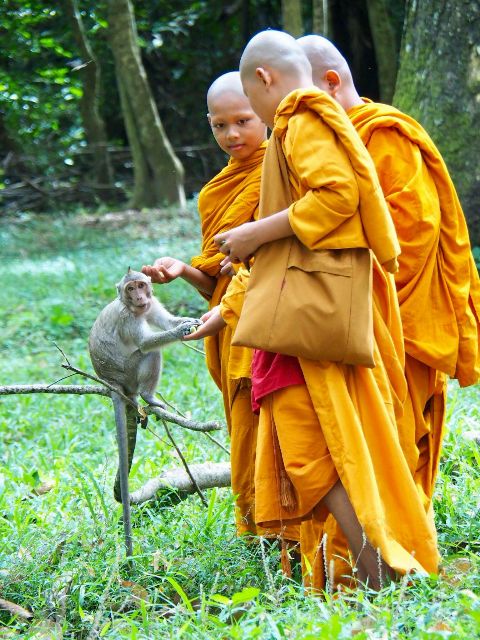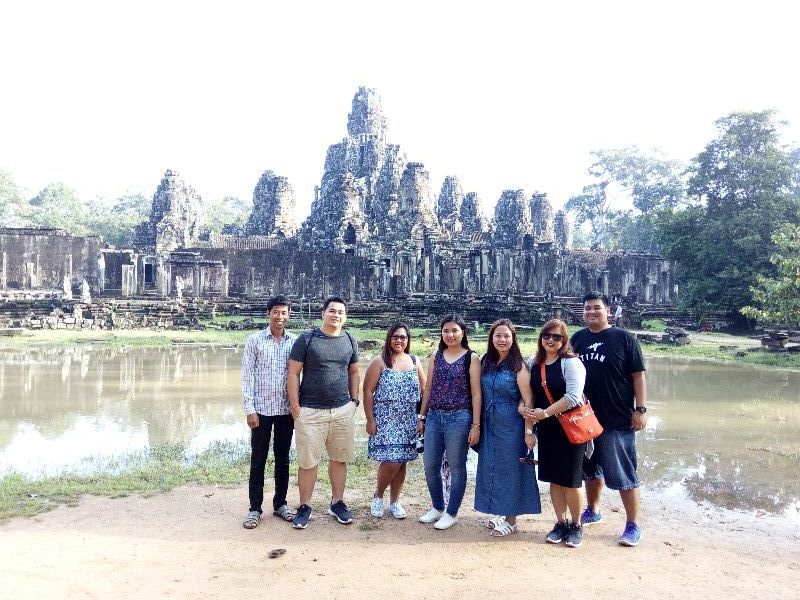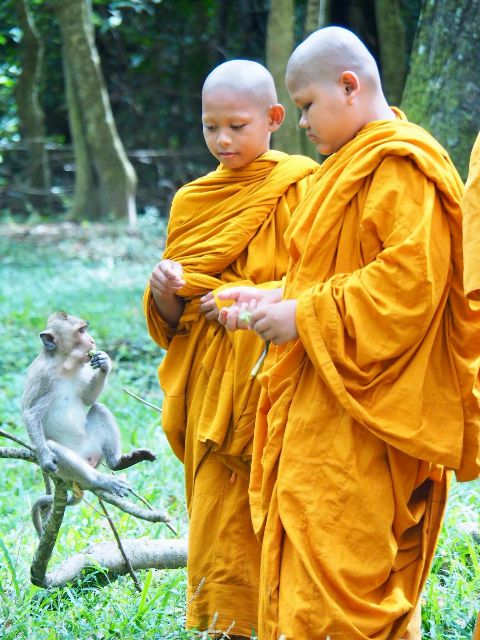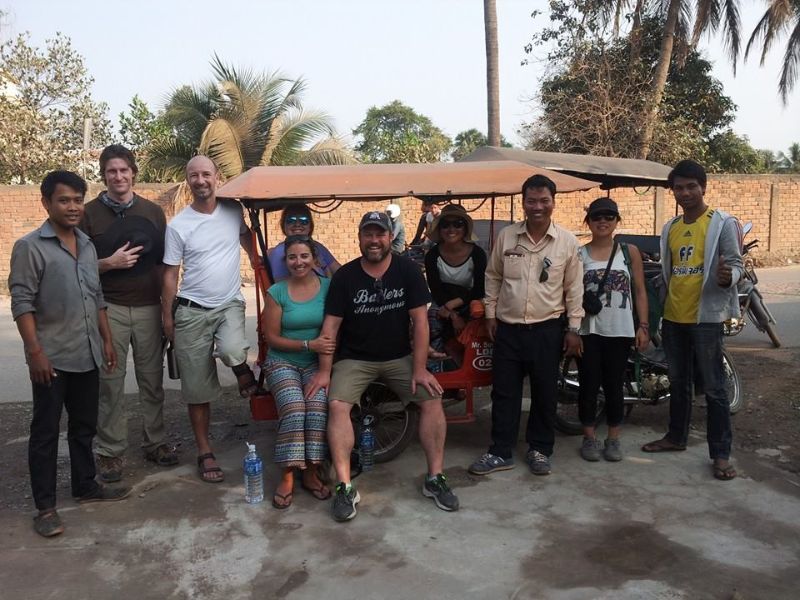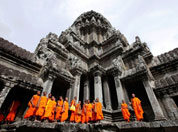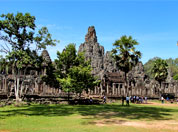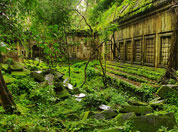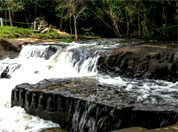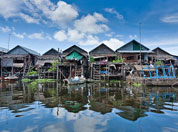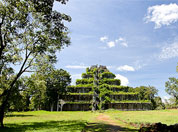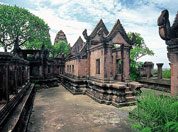 About UsContact us
About UsContact usBeng Mealea + Koh Ker Tour
Tour Itineraries
Siem Reap 5 days Tour
1 Day Tours By tuk-Tuk : After your breakfast I’ll meet you at your accommodation and will take you to visit the South Gate of Angkor Thom, the Bayon complex, the Elephant Terrace, and the Terrace of the Leper King. We’ll visit Baphoun and Phimean Akas temples also. Then onwards to see the famous Ta Prohm temple (also known as the Tomb Raider Temple, with huge trees growing over ancient temple walls). After a busy few hours in the morning we’ll have lunch at a local restaurant. In the afternoon we’ll visit the world famous Angkor Wat temple. It really is amazing! Explore the temple at your own pace before later enjoying your time, then it’s back to your hotel, guesthouse or hostel.


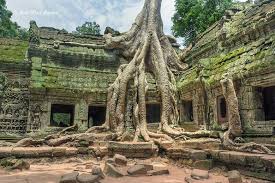

2 Day Tours by Tuk-Tuk: Starting early morning we’ll head back to Angkor Wat for sunrise. After a bit of breakfast we’ll then drive to visit one of the unique, further away temples (about 37km from Siem Reap town) called Banteay Srei (made of soft pink sandstone), followed by the Cambodian Landmine museum and butterfly center (for an insight into some more modern-day Cambodian history) and then the Angkor temple of Banteay Samre. Time for a breah and lunch at a local restaurant. After that, time to explore the temples of the Big Circuit: Preah Khan, Neak Pean, Ta Som, East Mebon and Pre Rup temple. Then back to your accommodation.


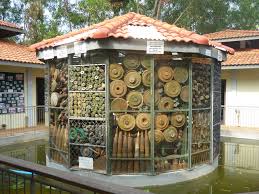

3 Day Tours By Tuk-Tuk: After breakfast we will explore the Rolous Group; Lolei, Preah Ko and Bakong temple. Then back to Siem Reap for lunch. By now you may start to be getting “templed-out”, so we’ll do something a bit different in the afternoon - taking a trip to the Floating Village on the Great Lake of Cambodia to see people, schools, hospitals, communities, fish and crocodile farms, workshops and more – a glimpse at authentic modern-day Cambodia basically.
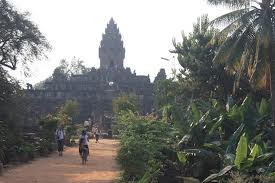

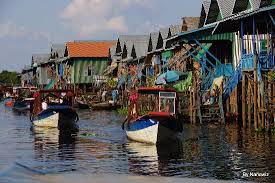
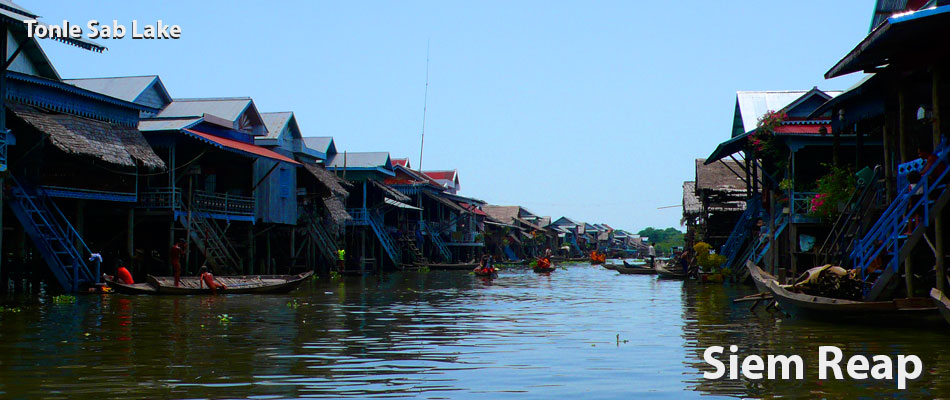
Visit Kulen Mountain by Car Or Mini Van- 8Hrs
DEPARTURE : VARIES
Kulen mountain is a huge plateau on the northeast of Siem Reap town approximately 63 kilometers. It was one of the most important sites during the Angkor period. History of Angkor era had been started here, when the King Jayavarman II proclaimed, in AD 802, independence from Java, and settled his capital city in this site. This mountain is the resource place for hundred of Khmer temple constructions, in the Golden Angkor Period, where one can find many secret and amazing histories behind it. The mountain was source of Siem Reap River, which was later to supply Angkor city the water for cultivation and daily use. Since hundreds of lingas had been carved under the clear water on the mountain, it became holy river of Khmer Empire during Angkor.
Nowadays, Kulen is still believed as a sacred mountain among Cambodians, especially local people. Visitors who had come here always take their chance to pray for luck at a huge Buddha status. Local inhabitants believe that one visiting the area can not do bad things or activities, or they will be in any kind of trouble because of the sacred spirits. If good people pray for lucks, their wish will become true. Kulen Mountain is the house of early Angkorian history and beautiful nature, including numerous ruin temples, green tropical forest, fresh wild fruits, wild animals, and beautiful cool-and-fresh waterfall. While on the 487 meter peak of the mountain, visitors can view tremendous scenery of the surrounding forest, and can find peaceful feeling by themselves.
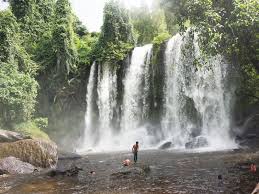


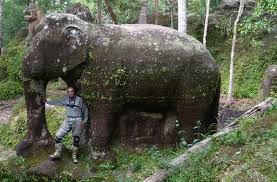
Beng Mealea Temple
Beng Mealea is a temple in the Angkor Wat style located 45 km east of the main group of temples at Angkor, Cambodia, on the ancient royal highway to Preah Khan Kompong Svay
Beng Mealea is a spectacular sight to behold. It’s one of the most mysterious temples at Angkor, as nature has well and truly run riot here. Built to the same floorplan as Angkor Wat, exploring this titanic of temples is Angkor’s ultimate Indiana Jones experience. The temple has been utterly subsumed by jungle, and standing just a few metres away from the south, visitors wend their way over lies of masonry, through long dark chambers and between hanging vines to arrive at the central tower, which has completely collapsed.
Hidden away among the rubble and foliage are several impressive carvings, as well as a well preserved library in the northeastern quadrant. The temple is a special place and it is worth taking the time to explore thoroughly. There is also now a large wooden walkway to the centre, constructed during the filming here of Jean – Jacques Annaud’s Two Brothers (2004) Beng Mealea is at the center of an ancient Angkorian road connecting Angkor Thom and Preah Khan in Preah Vihear Province. A small Angkorian bridge just west of Chau Srei Vibol temple is the only remaining trace of the old Angkorian road between Beng Mealea and Angkor Thom; between Beng Mealea and Preah Khan there are at least 10 bridges abandoned in the forest. This is a way for extreme adventurers to get to Preah Khan temple; however, don’t undertake this journey lightly.
Beung Mealea Temple lies at the foot of Phnom Kulen’s eastern extreme, about 70 kilometers from Siem Reap provincial town. It takes two to three hours to get there via either Banteay Srei of Dam Dek on National Road 6. It is the most accessible of Angkor’s lost temples, a mirror image of the mighty Angkor Wat, but totally and utterly consumed by the jungle.
Constructed by King Suryavarman II (AD 1113-1150), the builder of Angkor Wat, nature has triumphed here, and it is hard to get a sense of the monument’s shape amid the daunting ruins. Like Angkor Wat, Beung Mealea was enclosed by a large moat, which would have measured 1,200 by 900 meters. Once inside the complex, visitors climb over heaps of stones, edge along dark and damp corridors and through dense foliage-this is not one for the fainthearted. The atmosphere, however, is something special. Beung Mealea can be combined with a visit to Banteay Srei and Kbal Spean or Phnom Kulen. Food and drinks are available near the temple.
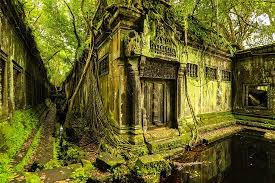
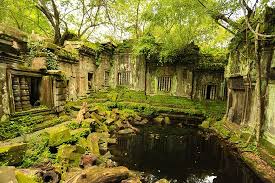
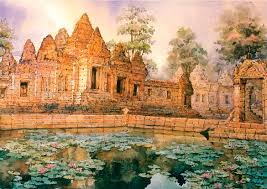

Koh Ker Temple
One of Cambodia’s most remote Angkorian sites, 125km northeast of Siem Reap, KOH KER was briefly capital of the Khmer Empire in the tenth century, when Jayavarman IV – who was already ruler of his own state here when he ascended the imperial throne – decided not to relocate to Angkor, but decreed instead that the court should come to him, ordering the construction of a road linking Koh Ker and Angkor, on which the temples of Beng Mealea and Banteay Samre were later built.
Now practically engulfed by jungle, the ruins of Koh Ker have been heavily looted and badly neglected, but plenty remains, including more than forty major monuments spread across eighty square kilometres – although only a small proportion are open to visitors, and much of the area has yet to be completely de-mined. Mines still present a serious danger. Do not on any account stray from well-trodden paths.
Koh Ker is famous for its distinctive style of monumental sculpture, although most pieces have either been looted or removed for safekeeping to the country’s various museums.

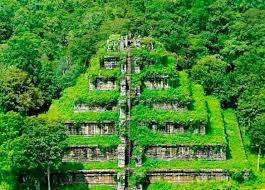

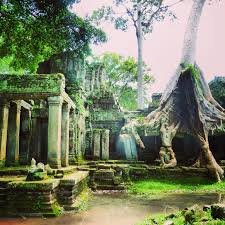
Include Service
- Free Cold Bottles of Water
- Free Cold Towels
- Free Guide book during trip
please chat to us
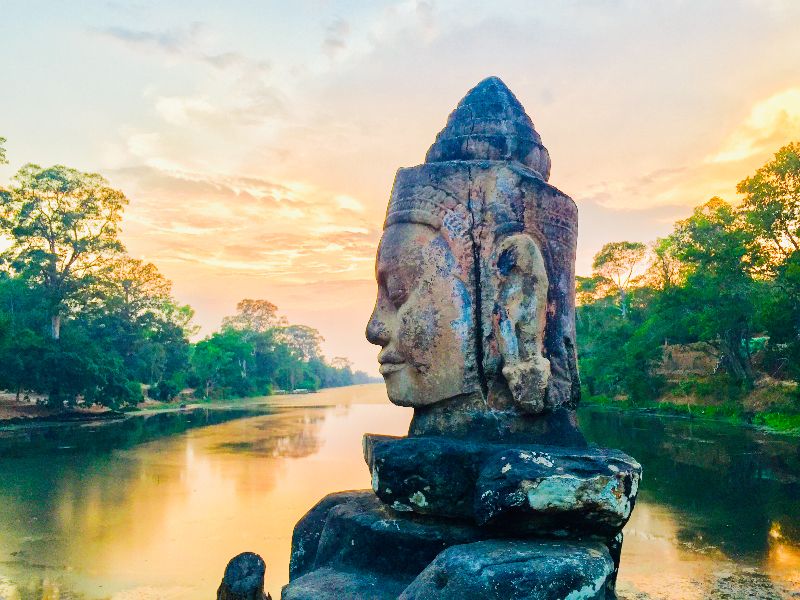
![IMG_8650[1].JPG](uploads/images/Gallery/Slide_Show/IMG_8650%5B1%5D.JPG)
![IMG_8007[1].JPG](uploads/images/Gallery/Slide_Show/IMG_8007%5B1%5D.JPG)
![IMG_6334[1].JPG](uploads/images/Gallery/Slide_Show/IMG_6334%5B1%5D.JPG)
![JCUS5593[1].JPG](uploads/images/Gallery/Slide_Show/JCUS5593%5B1%5D.JPG)
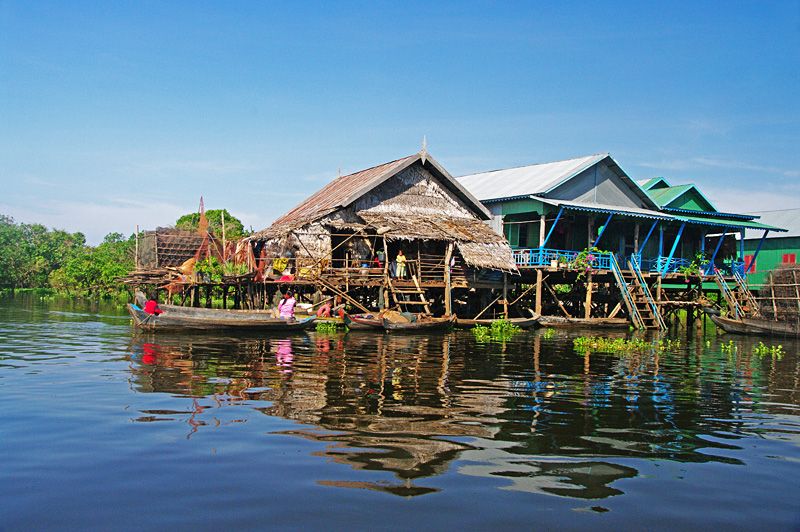
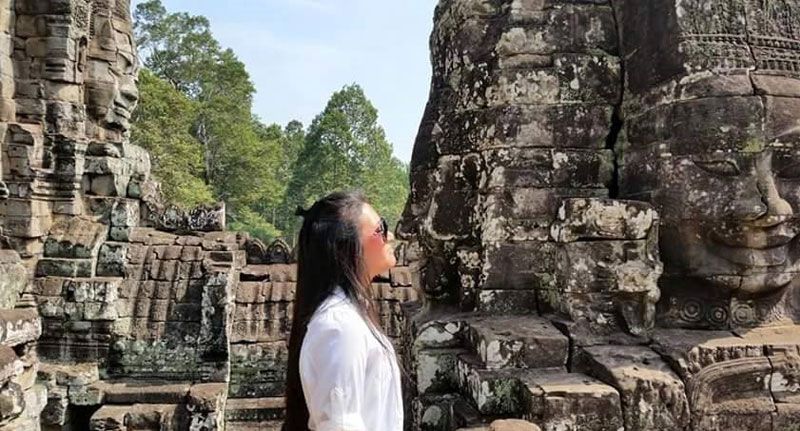
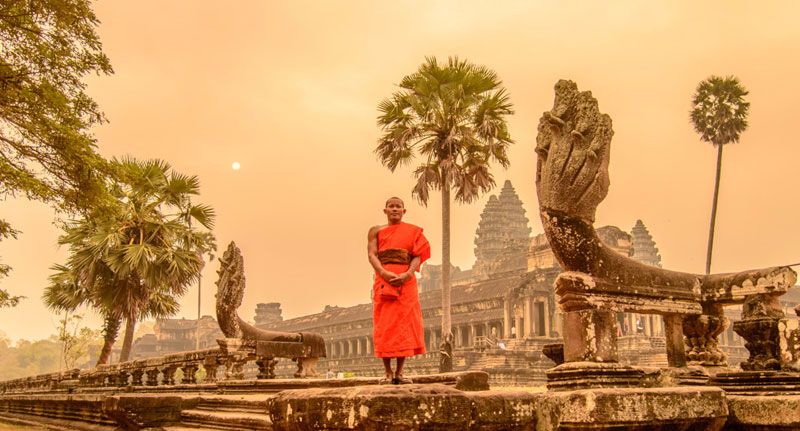

![IMG_5513[1].JPG](uploads/images/Gallery/Slide_Show/IMG_5513%5B1%5D.JPG)
![IMG_5402[1].JPG](uploads/images/Gallery/Slide_Show/IMG_5402%5B1%5D.JPG)
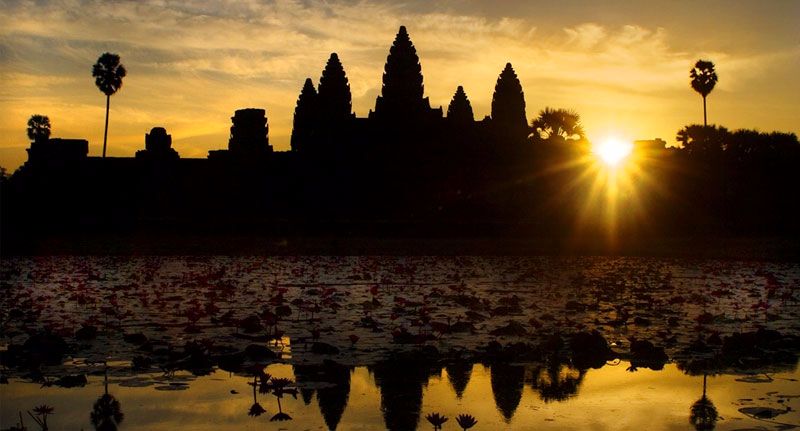

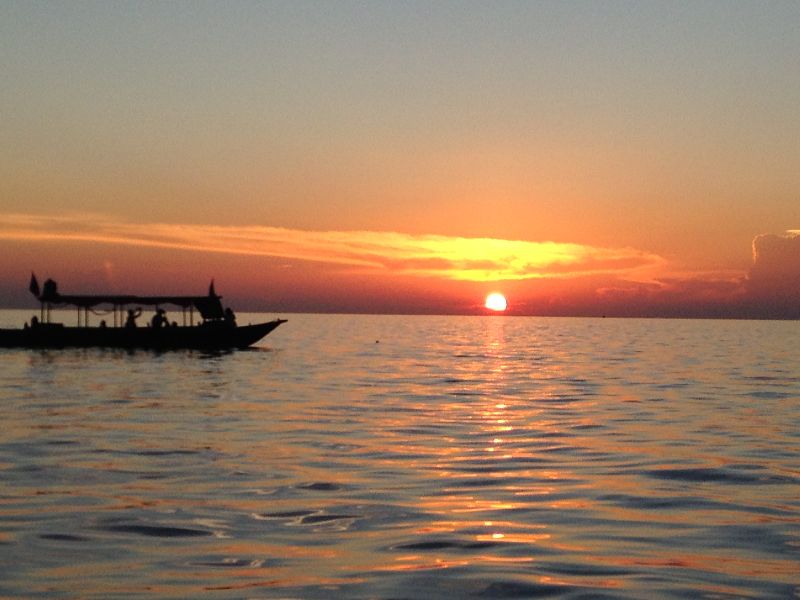
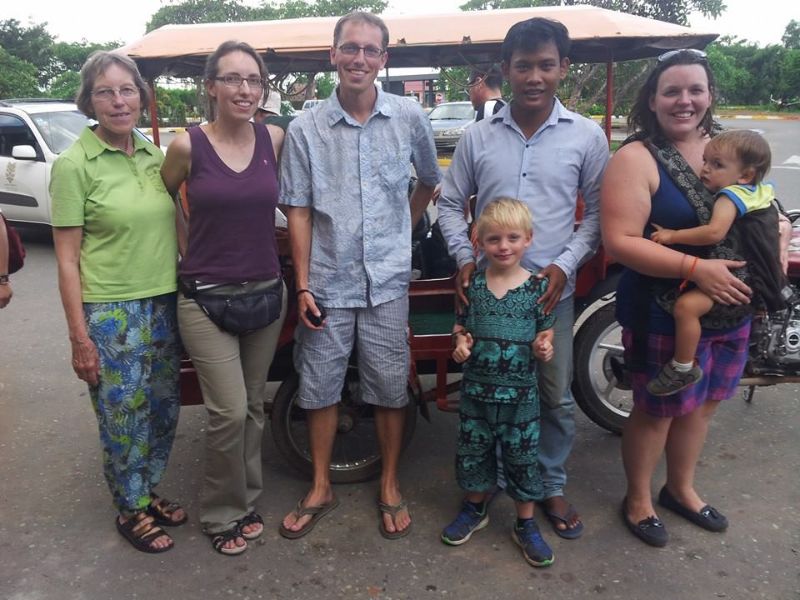
![eitan-simanor-stone-statuary-of-human-faces-ta-prohm-temple-angkor-siem-reap[1].jpg](uploads/images/Gallery/Slide_Show/eitan-simanor-stone-statuary-of-human-faces-ta-prohm-temple-angkor-siem-reap%5B1%5D.jpg)
